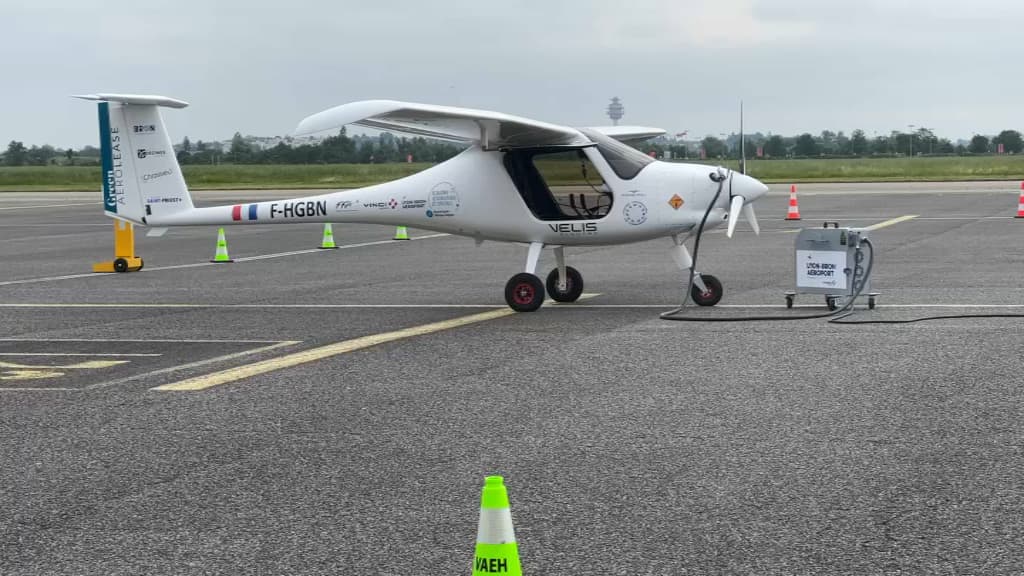
Air New Zealand plans to use an electric aircraft from 2026
The device is initially expected to be used to deliver packages and letters across the country.
Air New Zealand announced on Wednesday its goal to become the first airline to fly an electric plane, by incorporating a battery-powered plane into its fleet from 2026 to transport cargo.
New Zealand's national carrier has ordered the Alia electric aircraft from US aerospace manufacturer Beta Technologies. The device is initially expected to be used to deliver packages and letters across the country.
“We aim to be the first airline to use the new generation aircraft on commercial flights,” Kerry Hanfin, Air New Zealand’s head of sustainable development, told AFP.
Trips 150 km
The company has not yet set a date for potential passenger flights on electric aircraft.
Scandinavian Airlines announced last May that it plans to carry passengers on its first electric commercial flights in 2028.
Air New Zealand said in a statement that the battery-powered plane can be fully recharged in about an hour.
As with electric cars, the distance a plane can travel is crucial. This model is about 12 meters long and weighs three tons. This model traveled a distance of 480 kilometers in one test flight, according to the airline.
Its maximum speed is 270 km/h, and it can fly at an altitude of up to 3,000 meters above sea level.
After certification, it will be used for initial flights of about 150 kilometers, the company specifies.
Option for dozens of devices
Air New Zealand has an option to purchase nearly two dozen more Aliya electric aircraft.
“Next-generation aircraft have the potential to decarbonize our regional operations,” Greg Foran, the airline's chief executive, told reporters in Auckland.
He hopes that incorporating Alia into its fleet will allow Air New Zealand to advance this electric technology and fly larger, new-generation aircraft from 2030.
Beta Technologies, an aerospace company based in the US state of Vermont, is developing electric aircraft with traditional take-offs and other models with vertical take-offs.
It has received funding from Fidelity Fund and Amazon's fundraising group, according to its website.
Most read

“Reader. Travel maven. Student. Passionate tv junkie. Internet ninja. Twitter advocate. Web nerd. Bacon buff.”
